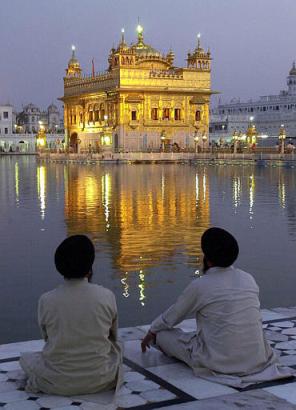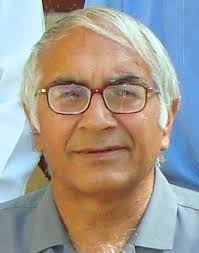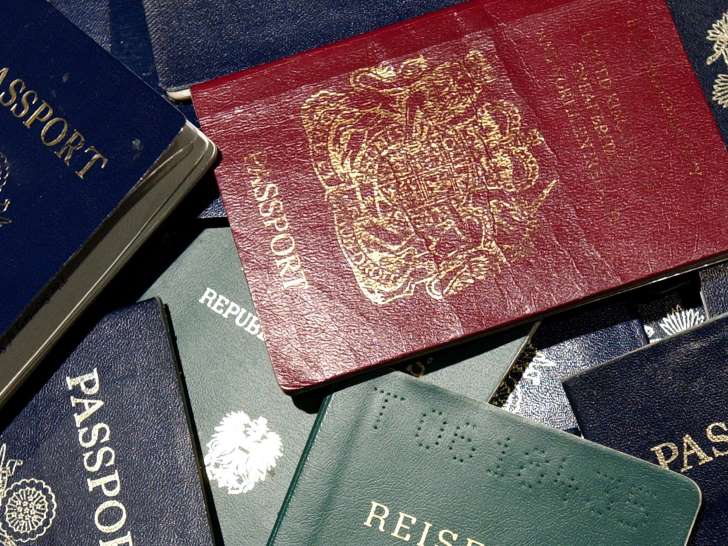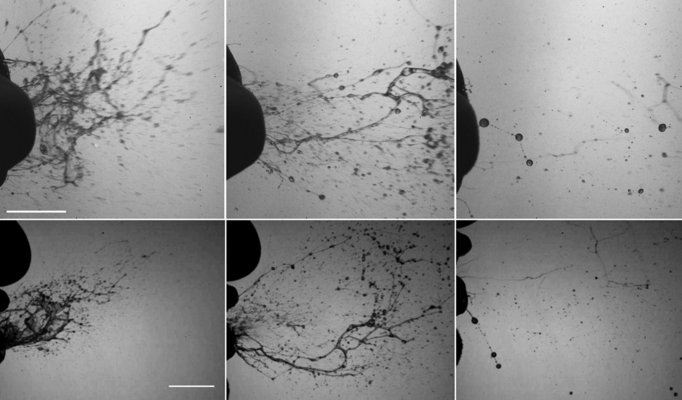
-Dr Satish K Kapoor
Guru Gobind Singh,10th Sikh Master, and founder of the Khalsa(1699), was an accomplished scholar and linguist who knew Sanskrit, Persian, Arabi, Hindi, Punjabi, and Braj. His deep understanding of Hindu theology, philosophy, mythology and literature is reflected in his compositions. While at Paonta Sahib (Himachal Pradesh) where he composed most of his writings, he sent five of his disciples– Gandā Singh, Karam Singh,Vir Singh, Rām Singh and Saina Singh – investing them with the saffron attire of ascetics, to Kāshī (Vārāṇasī, Uttar Pradesh) in 1686, for learning Sanskrit and acquiring knowledge of classical Hindu texts. The chosen Sikhs studied under Pandita Satyānanda for about seven years and acquired the quintessential of ancient Sanskrit literature. After returning to Ᾱnandpur Sahib (Punjab), birthplace of the Khālsā, they were called Nirmalas, meaning pure and spotless. As directed by Guru Gobind Singh they imparted their learning to others, translated works from Sanskrit into Gurmukhi -the script of Punjabi-, and set an example in righteous living. When the tenth master evacuated Anandpur Sahib in 1705, the Nirmalas moved about as mendicants in white, saffron or ochre-coloured robe in different parts of the country.
While the Khālsā order was popular for its phenomenal courage, fortitude and chivalry, the Nirmalas became known for their ascetic disposition, knowledge of scriptures, liberal views and high moral values. Some of them were also experts in Ᾱyurveda, alchemy, astrology and the occult sciences. As wandering monks they preached the message of the Sikh gurus in the light of the ancient Vedic Sanātana dharma and endeared themselves to the common people and the elite. They were keen students of the six systems of Indian philosophy, dharmaśāstra literature and the epics, which they collated with Gurbāṇī, compositions of Sikh Gurus’, in their religious discourses, writings and philosophical disputations. Apart from having vast knowledge of Sikh history, they were scholars of Vedānta, well versed in the triple texts (prasthānatrayi) – upanishads, the Bhagvadgītā and the Vedānta Sutras, as expounded by Shankara, Rāmānuja, Madhva, Vallabha and Nimbārka. They taught Sanskrit, Gurmukhī and Gurmat –doctrinal and prescriptive aspects of the Sikh faith, in their religious abodes called derā, ‘camp’, kuṭiyā, ‘hut’, ashrama ,‘hermitage’, gurdwara, ‘guru’s door’ or akhārā, ‘arena’. By doing social and educational work, holding special congregations on purnimā, amāvasyā, birthdays of Sikh gurus, and festivals like Holī, Diwālī and Makara samkrāntī, and by disbursing free herbal medicines to the rich and the poor, they attracted many people to their fold.
The Nirmalas visited Hindu pilgrimage centres as also the places trodden by Guru Nānak Dev and other Sikh gurus. They attended kumbha fairs in Haridwar, Nashik, Ujjain and Allahabad on the banks of sacred rivers, and entered into theological debates (shāstrārtha) with members of other faiths. They believed in the equality of human beings and in the service of mankind. They were greatly opposed to meat-eating and the use of intoxicants .They laid stress on bhakti believing at the same time that it could lead to supreme knowledge (jñāna). However, they were opposed to image worship as they felt that it was not in tune with the conception of an omniscient and omnipotent god. They wanted Gurbāṇī to be chanted, understood, meditated upon and internalized for divine illumination. Unlike the Tat Khālsā, radical members of the Singh Sabha Movement (started 1873), they considered the message of the Sikh Gurus similar to that of the Vedic sages, and regarded Guru Nānak Dev as a divine incarnation. Panḍita Gulāb Singh ( b. 1732) Bhāi Santokh Singh( 1787-1843), Panḍita Tārā Singh Narottama (1822-1891), Panḍita Nihal Singh (d. 1900), Giāni Giān Singh ( 1822-1921), Panḍita Sādhu Singh ( 1840-1907), and Sant Attar Singh (1867-1927) have been among top Nirmala scholars and saints whose exegetical, doctrinal or historical works continue to command respect.
When the Sikhs were hounded and persecuted by Muslim rulers in the 18th century, the Nirmalas continued to preach the message of universal brotherhood. The first Nirmala derā was established at Kankhal, near Hardwar, within the premises of a Sikh shrine in 1710 (vikramī 1767). The first free kitchen (langar) was set up at the same place on the eve of Kumbha fair in 1789 (vikramī 1846). The Nirmala dharma dhvaja – religious flag, called also nishān sāhib, was unfurled at the kumbha site in 1831. The central organization of Nirmalas called Nirmala Panchāyātī Akhārā came into existence in 1855 at Kankhal with Mehtab Singh as the first Śrī Mahant. Due to their vast erudition and nobility of mind and heart, the rulers of Patiala, Nabha and Jind, among others gave them patronage in the form of land and money. But they were required to adhere to the code of conduct prepared and approved on August 12, 1862 by these rulers. In course of time the Nirmalas established permanent akhārās or religious centres in Haridwar and Rishikesh (Uttarakhand), Vārānasī (Uttar Pradesh), Allahabad (Prayāga), Ujjain (Madhya Pradesh), Trimbak ( Maharashtra) , Kurukshetra and Karnal ( Haryana), the Doaba and Malwa regions of Punjab, and other places like Lahore, Multan, Gujranwala, Sheikhupura, Lyallpur, Peshawar and Sialkot (now in Pakistan).
The Nirmalas keep long hair, flowing beard, and turban but do not always undergo the Sikh baptismal rites of the orthodox. They practice celibacy and stress simple living. As traditional interpreters of gurbāṇī they continue to be respected within the Sikh community. They have sustained the faith of Guru Nānak Dev, with their intellectual rigour, piety, philanthropy and social work. Like Udāsī sādhus they are ideal preachers who adhere to the laws of being (dharma) and cherish egalitarian values. They consider Vedānta as most practical and sublime, and are sometime called Vedāntī Sikhs.

Dr Satish K Kapoor, a former British Council Scholar, is a distinguished educationist, historian and spiritualist. His latest book, Hinduism – The Faith Eternal has been published by Advaita Ashrama, Kolkata.


 South Asian News E-Paper
South Asian News E-Paper Punjabi News E-Paper
Punjabi News E-Paper

















